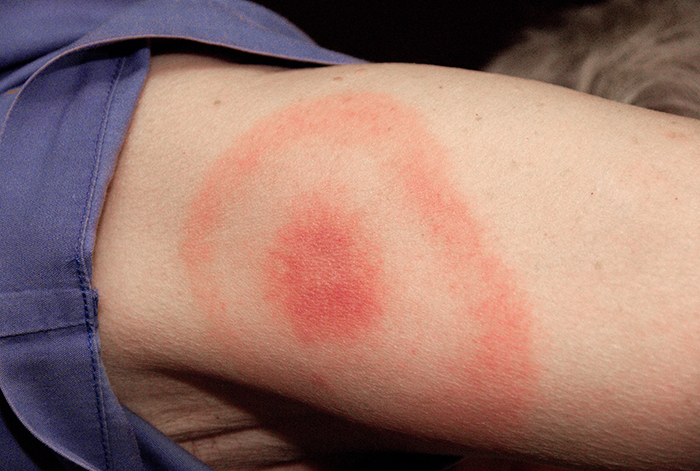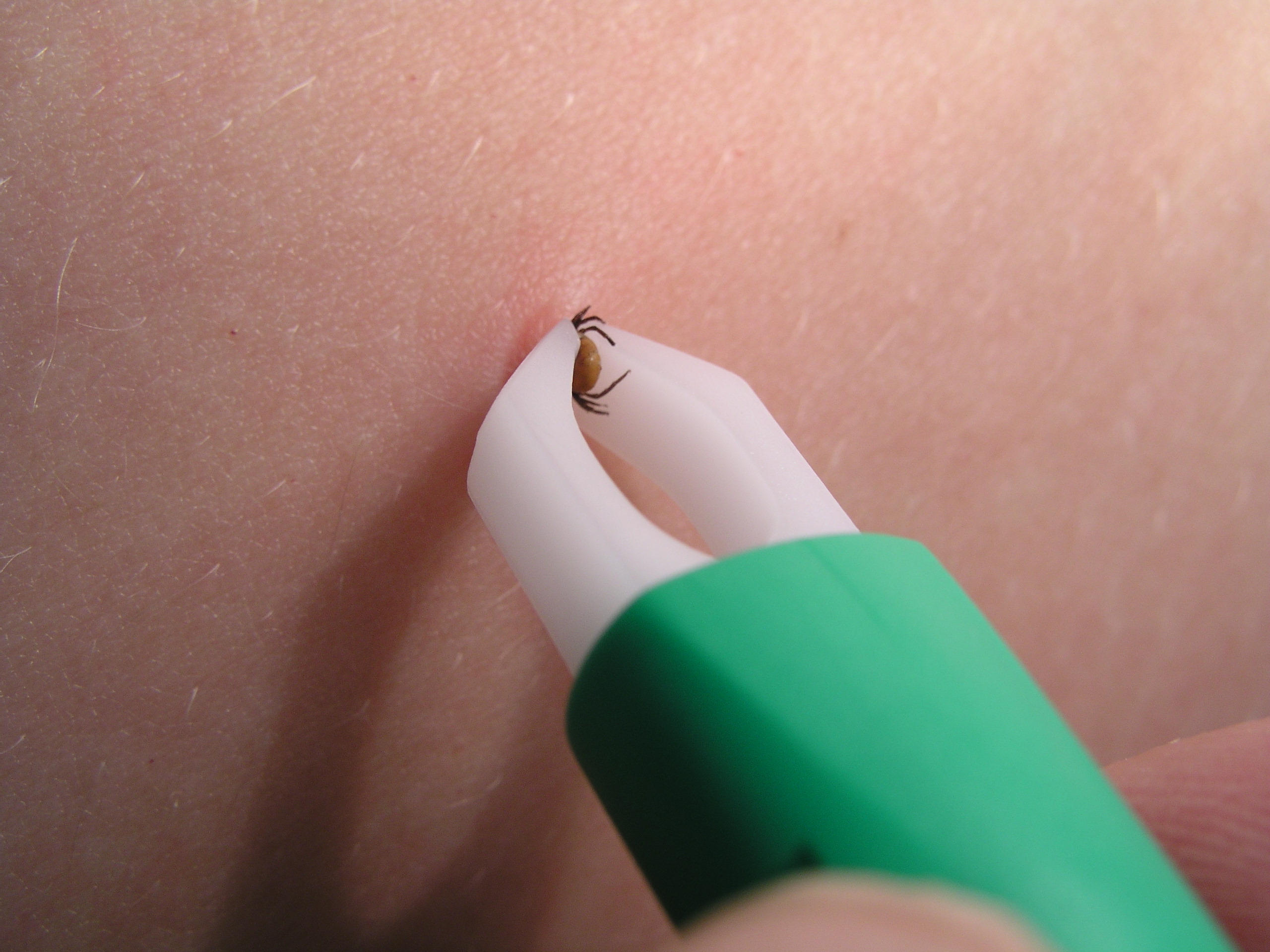Ticks – Protection and prevention against infections
Views: 31
The most common diseases transmitted by ticks in Slovenia are Lyme disease and tick-borne encephalitis. These are serious diseases that can change your life forever with just one tick bite.
It’s particularly important to keep this in mind every time we go out into nature, and especially when we return back home. We should educate our youngest hikers and mountaineers about this topic, as they eagerly follow our every step, absorb our knowledge, and gain experience. We also shouldn’t forget about our four-legged friends who accompany us on mountain tours; make sure to protect them and check them after returning home.
Below is a summary of the recommendations of the National Institute of Public Health for effective protection and prevention of tick-related diseases.
Ticks spend winters in leaf litter, tree bark, and surface soil layers. They become active in early spring, when the soil temperature rises, and, under suitable conditions, can remain active until late autumn. They usually stay close to the ground, in undergrowth, bushes, edges of forest clearings, along rivers and swamps, in grass and gardens. They are most often found up to an altitude of 600 meters and they are less frequent at higher elevations (but they are present up to 1600 meters above sea level).
People and animals become their hosts while being outdoors. Ticks detect us with their senses, crawl onto our bodies, and look for a suitable soft spot – scalp, behind the ears, neck, armpit, arms, navel, groin, legs, knees, etc. They attach to their host by inserting their mouthparts deep into the skin. The bite is usually painless and the tick often goes unnoticed. If it is infected, the disease can be transmitted through its saliva.
The most common diseases transmitted by ticks in Slovenia are Lyme disease and tick-borne encephalitis.
Lyme disease
Lyme disease is caused by a bacterium which occurs throughout Slovenia, with 5,000 to 7,000 cases reported annually. Lyme disease is treated with antibiotics and early recognition of the disease is crucial, as treatment is generally quite effective at that stage. There is no vaccine to prevent Lyme disease.
The disease usually progresses in three stages. It can take three to thirty-two days from the infection to the appearance of the first symptoms. The first stage is distinguished by a characteristic skin change – a painless reddened area that slowly expands outwards, fades in the center, and forms a ring. There may be a single reddened area or multiple ones (of various sizes) on different parts of the body. The redness can disappear without treatment, but that doesn’t mean that the infection has stopped spreading. It’s important to note that skin changes are not always present. The second and third stages of the disease can appear months or even years after the infection, with signs of multiple organs or systems being affected (skin, nervous system, joints, muscles, eyes, heart).

Tick-borne encephalitis (TBE)
Tick-borne encephalitis is a viral disease of the central nervous system, which is endemic in certain areas of Slovenia, with several hundred cases reported annually. Slovenia has one of the highest incidence rates in Europe. The virus can be transmitted to people through the bite of an infected tick or by consuming unpasteurized milk or milk products from infected animals (sheep, goats, cows).
The disease usually progresses in two stages. The first stage appears 7 to 14 days after the bite with non-specific fever (lasting 2 to 4 days), muscle pain, fatigue, and headache. These symptoms disappear in a couple of days, followed by an apparent improvement lasting a few days to three weeks. Next up is the second stage of the disease, which is characterized by high fever and bad headache, nausea, vomiting, neck stiffness, light sensitivity, hand and tongue tremors, concentration problems, possibly impaired consciousness, limb and/or respiratory muscle paralysis, and in rare cases, death. The disease can cause permanent damage such as headaches, dizziness, hearing impairment, reduced work capacity and concentration, depression, mood disorders, and paralysis.
There is no cure for tick-borne encephalitis and treatment is limited to alleviating symptoms and providing supportive care.
The most effective measure for protection against TBE is vaccination! Medical professionals recommend vaccination for everyone over one year old living or spending time in areas where TBE occurs. The vaccine is safe and effective. Consult your personal doctor about vaccination options.
Protection and prevention of tick-related infections:
- Wear light-colored clothing with long sleeves and pants that cover most of the body.
- Use repellents (substances that repel ticks).
- After returning from nature, thoroughly check yourself (scalp, behind the ears, arms, hands, groins, knees, and legs), take a shower, wash your hair and clothes.
- If you notice an attached tick, remove it as soon as possible with fine-point tweezers. Grasp the tick as close to the skin as possible and pull it out with a firm, steady pull. Do not apply any substances, twist the tick or rotate it in any way.
- Monitor the bite site for at least a few weeks after removal.
- Avoid unpasteurized milk/milk products from goats, sheep, and cows.
- Vaccination is recommended from one year of age onward.
And above all, act responsibly and take care of your health and our planet. We wish you safety and health on all your mountaineering endeavors.

